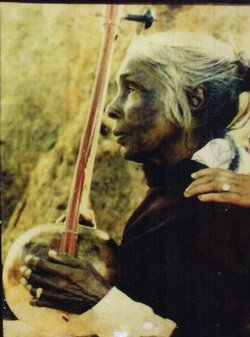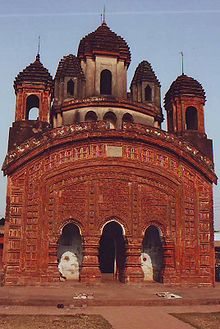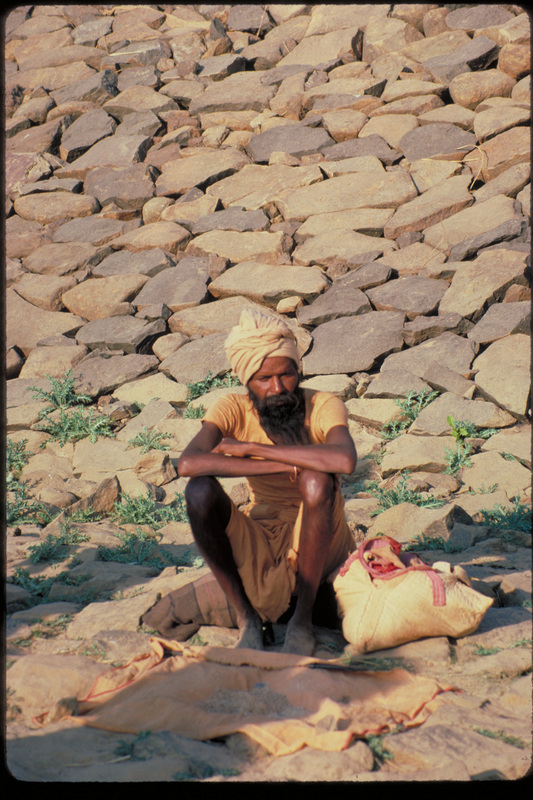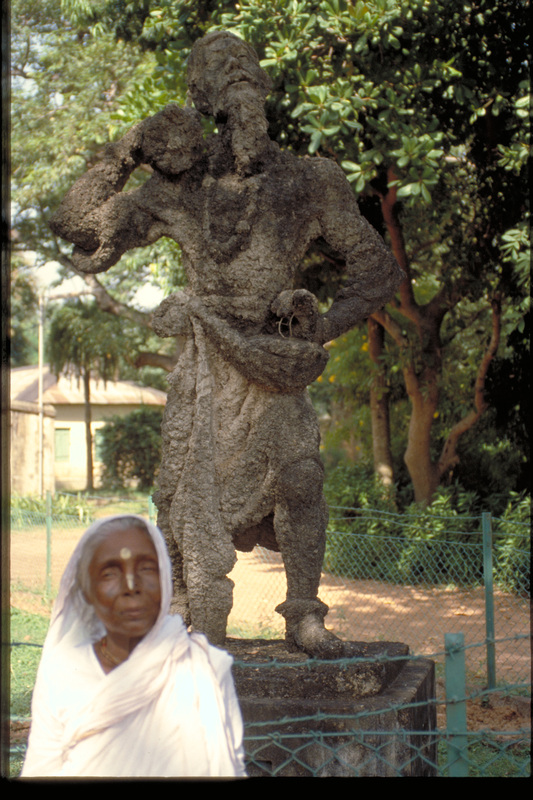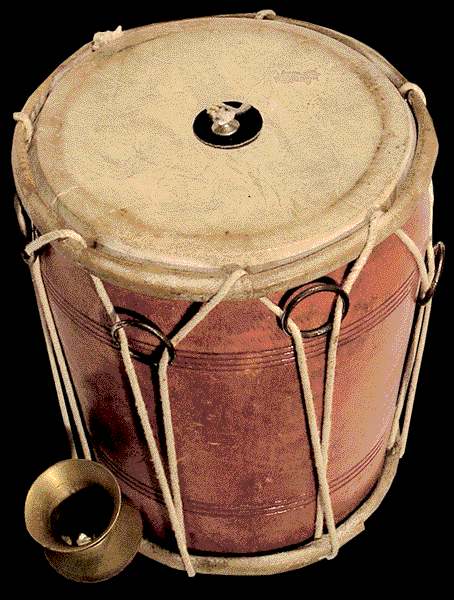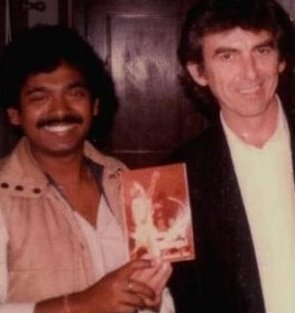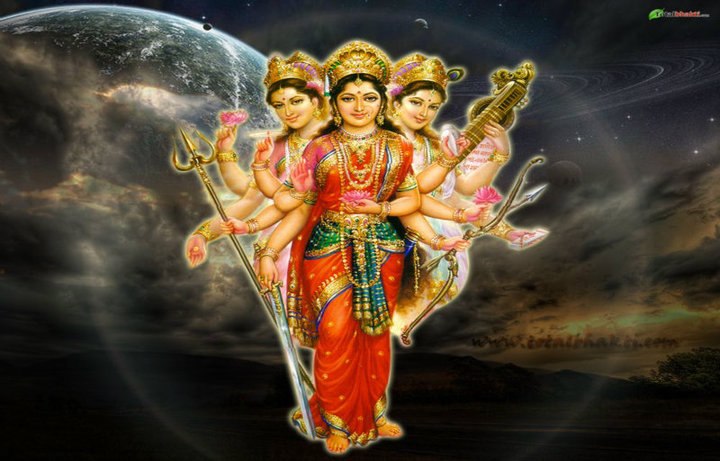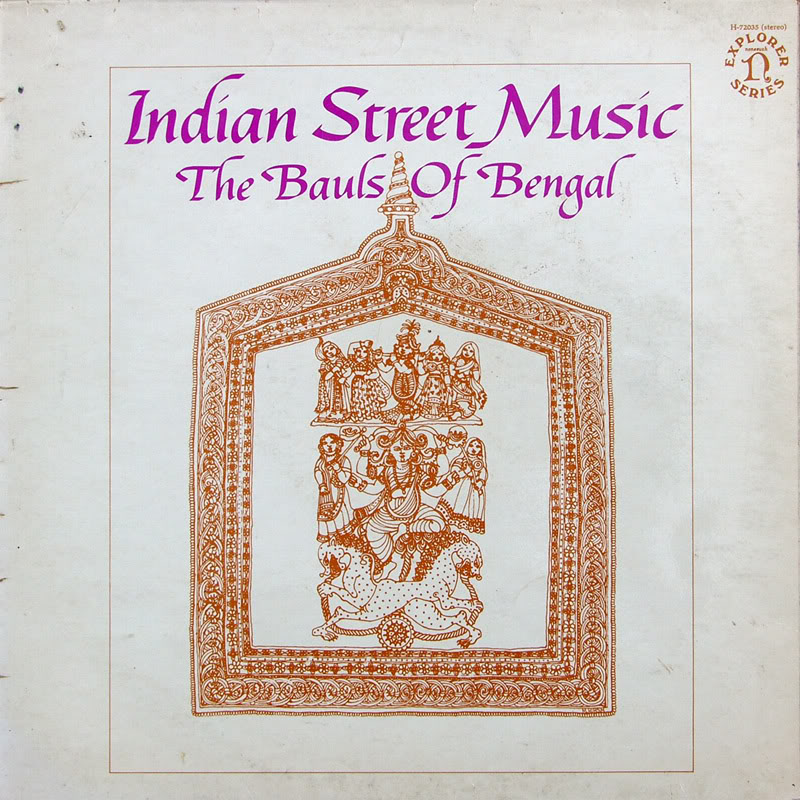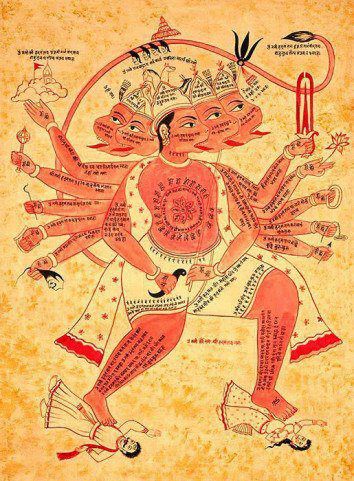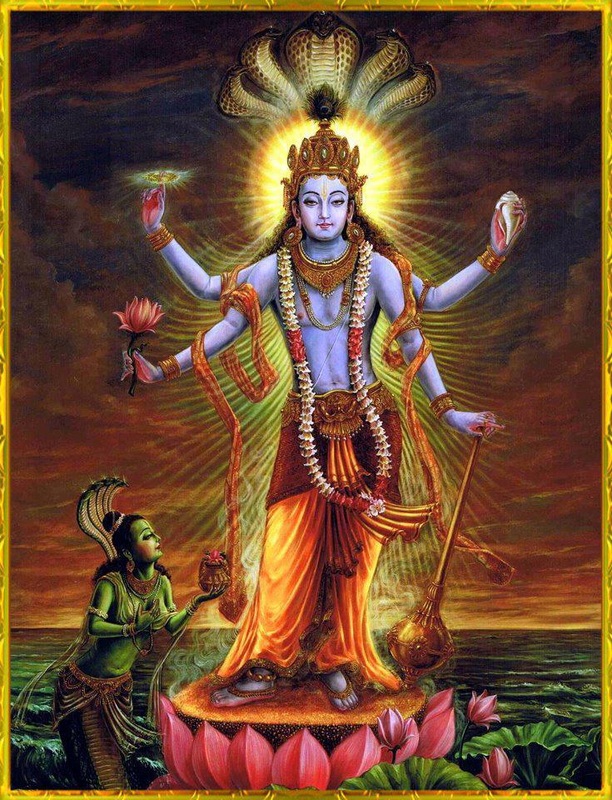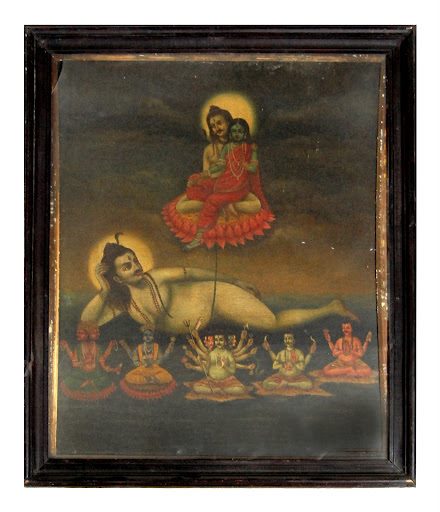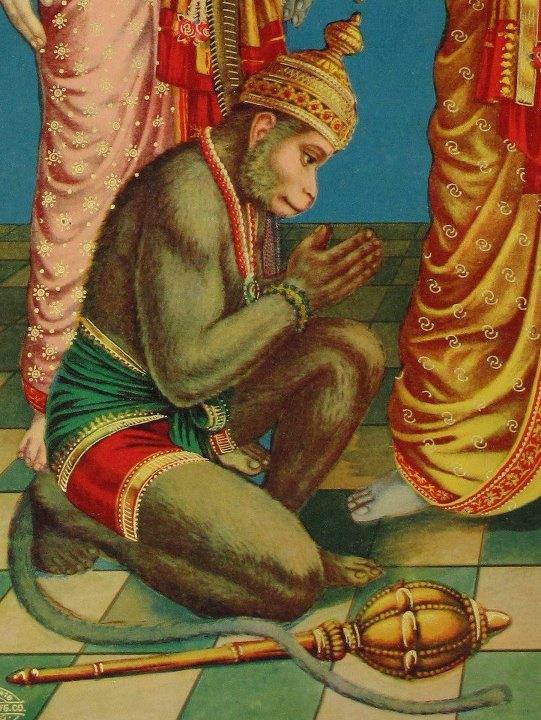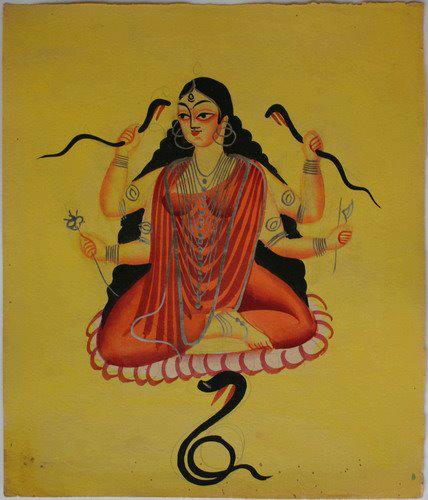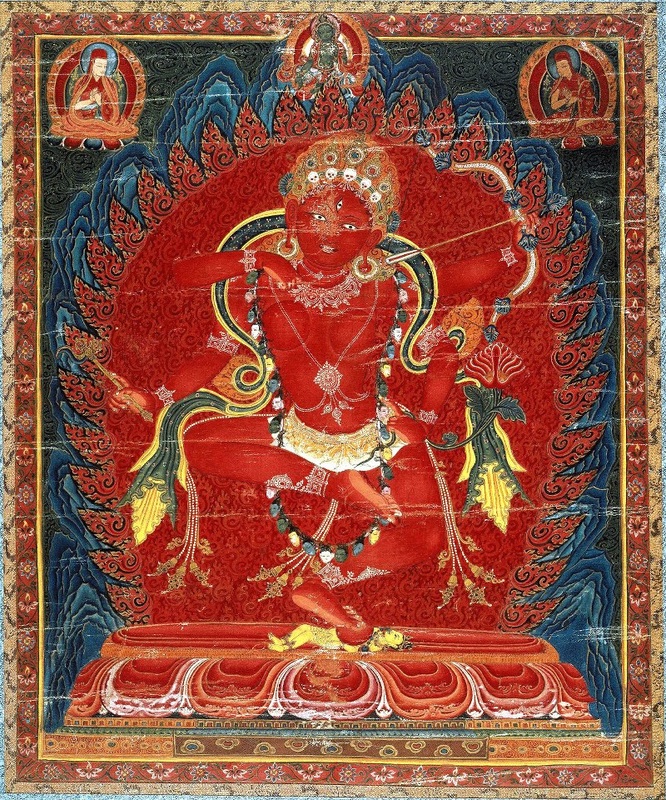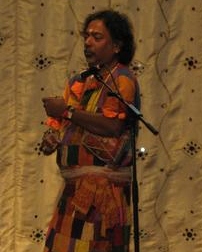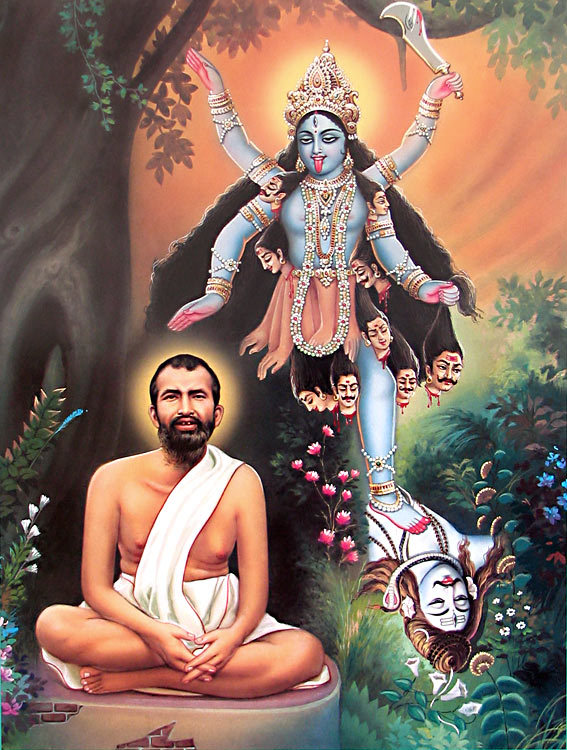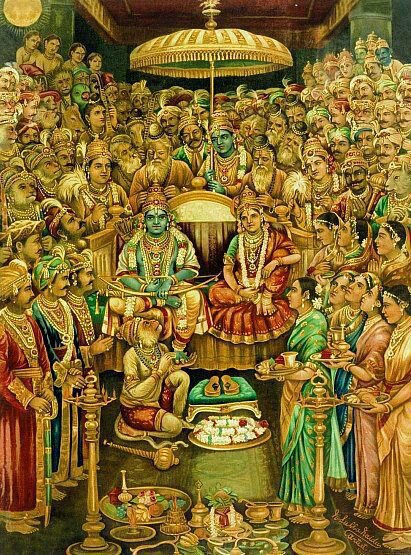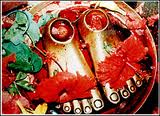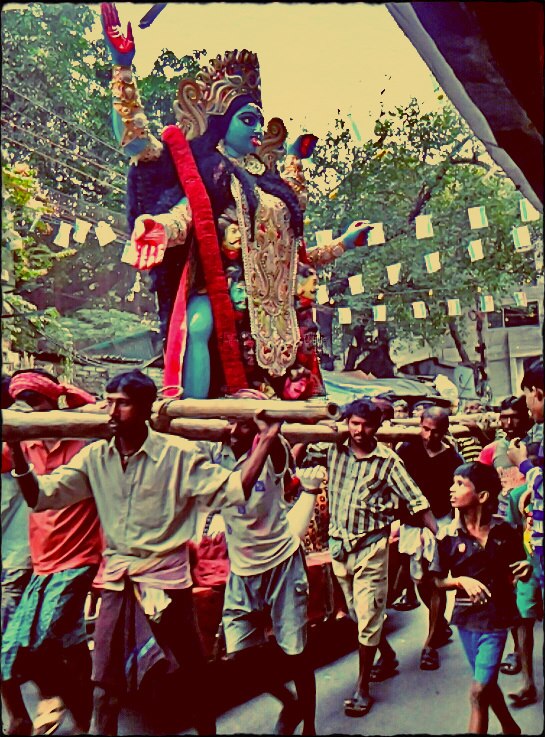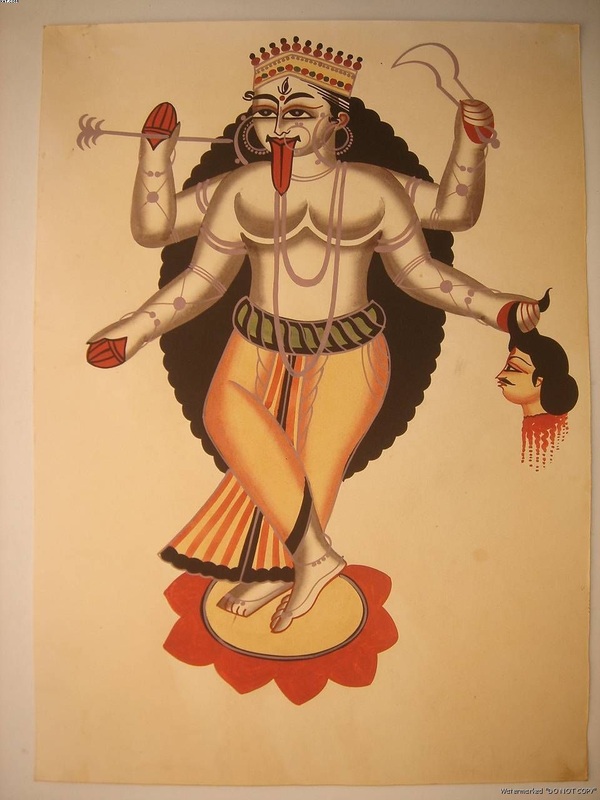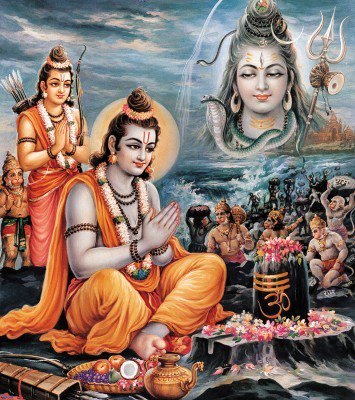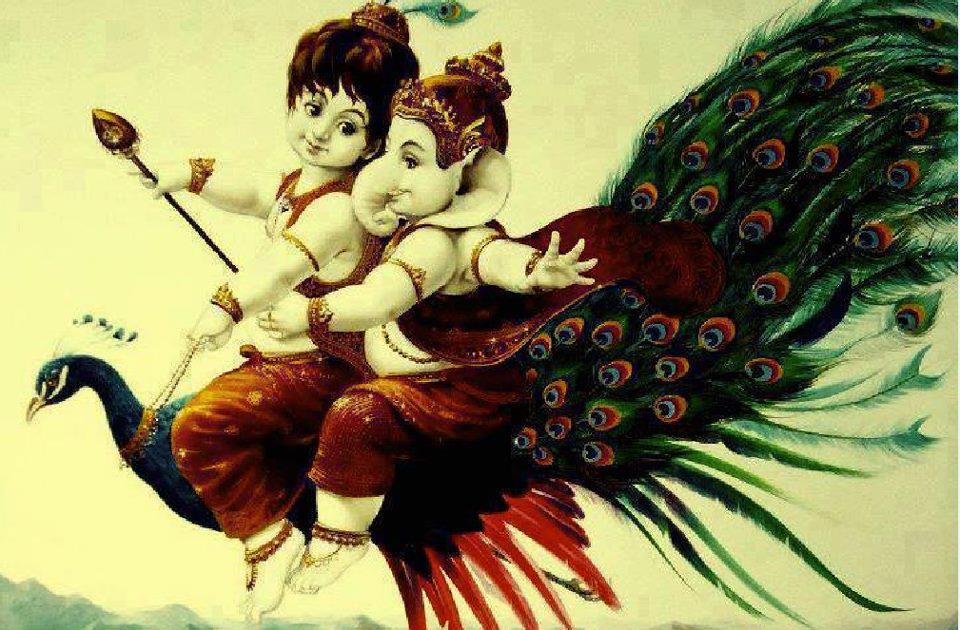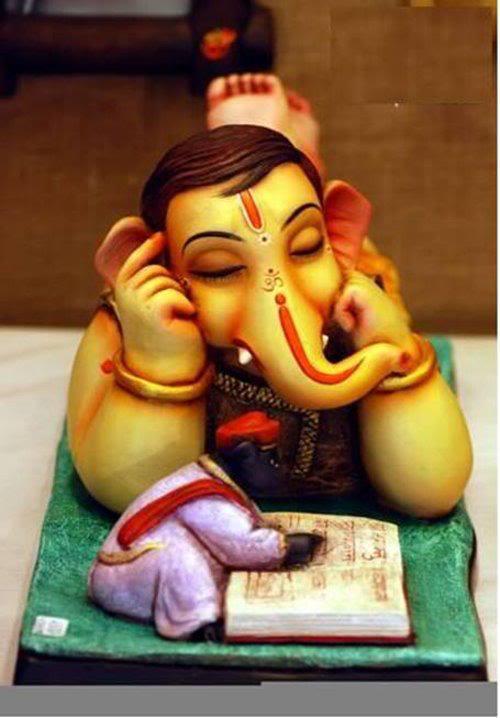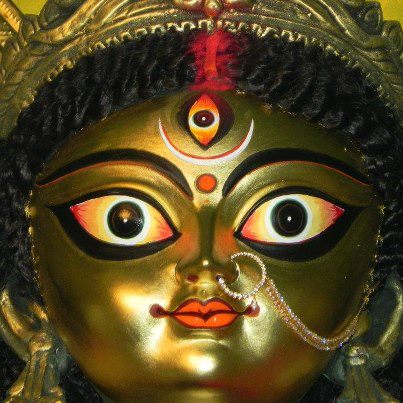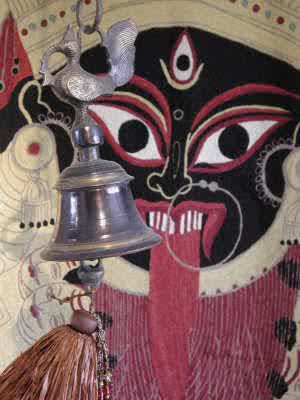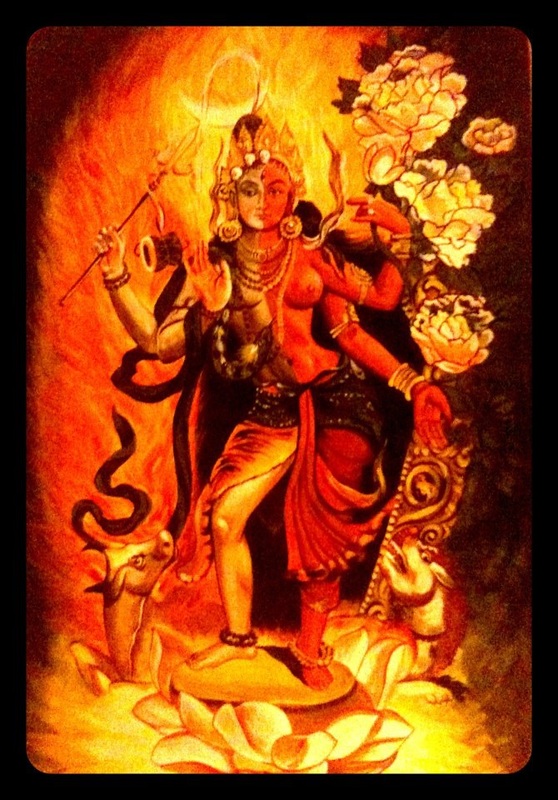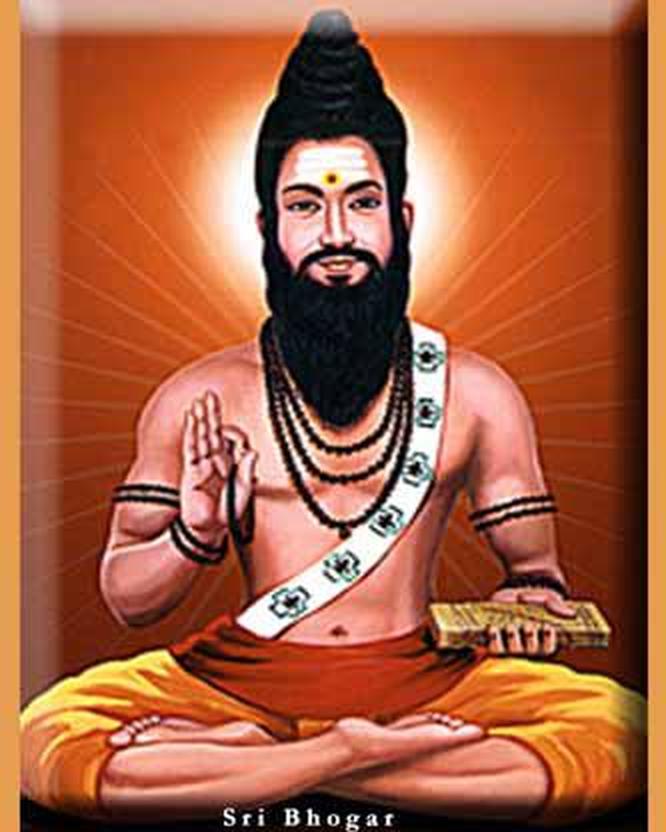
is identified as a Tamilian initiated into Jnana Yoga by Siddha Kalangi Nathar. These are his own admissions in ‘Jnana Sagarama’ – Bhogar’s Oceanic Life Story of 557 verses. Kalangi Nathar is controversially said to be a Chinese taken to Shaivite Siddha practice and spiritualism. He is one of the Eighteen Siddhas. Bhogar belonged to goldsmith caste by birth.
KALANGI NATHAR
was born in Kasi. He is said to have attained the swarupa Samadhi – immortal Samadhi at the age of 315. He is said to have made China the centre of his spiritual and teaching actitivities. Kalangi Nathar is from the ancient lineage of Nava Nath Sadhus. These sadhus are aligned to Lord Shiva and take to strict Shaivite practice.
There are nine important shrines associated with Nava Nath Sadhus. The main five are in the Himalayan range. The first, Amarnath is said to be where Lord Shiva first taught Kriya Yoga to Parvati. The other spots are Kedarnath, Badrinath, Kailasanath and Pasupatinath.
PALANI HILLS:
Bhogar chose Palani Hills or Palani Malai for his spiritual enhancement and final stage of intensive tapas. There he developed the first three stages of Kundalini Yoga which he described in his ‘Kriya Kundalini Pranayama’. Through the grace of Lord Muruga, the eternally young Kumara Swami, Bhogar attained swarupa samadhi.
Thus Kumaraswami Temple in Palani became the epicenter of Bhogar’s activities from where he is said to have travelled astrally to several countries. It was in Palani that Bhogar convened a conference of siddhas. This was in 3102 BC to determine a suitable path forward in the Kali Yuga. The conference chose Bhakti Yoga for the coming period of darkness. Bhogar was assigned the task of defining worship rituals for Palani Andavar of Lord Muruga of Palani.
Bhogar outlined the procedure for the ceremonial bathing of the diety, Abhikeam for Palani Andavar. He also prescribed many sacred substances for abishekam. Panchamirtham is attributed to Bhogar. It consists of consists of five fruits and honey. This is followed till today by Hindus.
Bhogar wanted a temple deity to last throughout the Kali Yuga. Even class granite gave way sometimes. So Bhogar fashioned Nava Pashanam out of nine secret herbal and chemical ingredients with a catalyst. This compound created a substance harder than rock and steel. This is a mystery to scientist till this day.
PALANIANDAVAR TEMPLE:
In Tamil Sangam literature, Palani is mentioned as ‘Podhini’. In ‘Thirumurukatruppadai’, Palani is named as the Lord Muruga’s third ‘Padai Veedu’ or sacred sthala. Many siddhas are said to have lived in this region. The deity of Palani is known as Dandayudhapani Swami, the Lord having the Staff in his Hand. Lord Dandayudhapani is in His renunciation form in his loincloth holding a danda in his hand. His message is ‘Renounce all to reach Me’ It is written that Lord u'. Here Lord Murugan of Kurinji land is the God of Beauty and Youth.
The deity at the sanctum sanctorum is unique as it is made out of an amalgam of nine minerals popularly called Navapashanam. This is Bhogar’s findings of herbal compounds being: Veeram, Pooram, Rasam, Jathilingam, Kandagam, Gauri, Vellai, Mridharsingh and Silasat.
SAPTANABDA:
Pullippani is Bhogar’s disciple. He is so named as he is believed to have wandered in the forests atop a puli –tiger. Pullipanni quotes Bhogar as authority and is often referred to as abalaka. In his written dialogues, he states that Bhogar proceeded to China to spread the knowledge of siddha sciences. In noting astral travel, Pullipani implies an aircraft in use by Bhogar. These are documented in the Saptakanda. Pullipani took the name Yu when he travelled with Bhogar to China.
BO-YANG:
Apparently Kalangi Nathar summoned Bhogar to China telepathically, as he decided to enter into samādhi in seclusion for 3,000 years. Bhogar was to take over Kalangi’s mission there. Some writings suggests a sea travel while others claim Bhogar reached China by astral means. There Kalangi instructed Bhogar in all aspects of the Siddha sciences including ‘kaya kalpa’ herbal formulae to promote longevity. Thereafter Kalangi is said to have entered into trance.
Bhogar is said to have assumed the name of Bo-yang after he took over the satguru’s seat. It is said he transmigrated his vital body into the physical body of a deceased Chinese man and called himself Bo-yang. It took 35 kinds of herbs to prepare ‘kaya kalpa’ formulae. It was tried on a dog, thereafter Bhogar demonstrated swarupa samadhi by taking the herbs-compounds.
BHOGAM:
The name Bo-yang is derived from ‘Bhogam’ meaning material and spiritual bliss. It refers to the experience of Kundalini shakti, the feminine primordial ‘Yin’ energy which awakens when it passes up to the crown of the head, the seat of Shiva, the masculine ‘Yang’ pole, in the Sahasra cakra at the summit of the head and unites with it. The result of this integration of feminine and masculine parts of the being, is yoga of Shakti and Shiva, Yin and Yang. This Satchitananda state was unknown in China. Bhogar bring this to light there. But who is Bo-yang really?
LAO TSE:
The kaya kalpa formulae that gave Bhogar lustrous body, pranayama techniques and kundalini yoga with Yin and Yang perspectives point to contemporaneously points to another parallel Chinese figure – Lao Tse. There are many writings that Bo-Yang is none other than Lao Tse.
He was the founder of Taoism of the 5th century B.C. He too propounded the theory of duality of matter; Yin and Yang conforming to Siddha Shiva-Shakti doctrine. The latter doctrine was uttered first by Adi-Siddhar, Agasthya Muni around 3500 BC. But alchemy as a science was known to the Chinese only around 135 BC. All Chinese alchemy literature seems to have commenced after Bhigar’s arrival in China and after 135 BC. There was no previous literature about Shiva-Shakti versus Yin and Yang before that also.
Geographically Bo-Yang and Lao-Tes seem to be from the same place. So, the emergence of Lao Tse with his theory of duality of matter or Yin and Yang and Bhogar’s presence in China at that very moment suggests one person in the working. There was another example in Yacob in Arabia who was Siddharishi Sriramadevar from India.
There is another give away. Bhoganathar Siddha is said to have left China around 400 BC. Thereafter there is no record of Lao-Tzu. Before that the said Lao-Tze published ‘Tao Ching’ with 37 verses. This is a book about ‘doing good to him who has done injury’, a replica of the Tamil Siddha, Thiruvalluvar’s works the Thirukkura. This Yoga Siddhanta was unknown to the Chinese except through Bhogar.
BHOGAR SAPTA KANDAM:
Upon his return, Bhogar visited several shrines in the Himalayas. He went to Kamarupa, the Assamese Tantric Shakti shrine. With the blessing of Lord Shiva, Bhogar composed Bhogar Sapta Kandam of 700,000 verses, later abridged to 7,000 verses. In the South, he introduced Cina-caram, the Chinese salts and chemistry and porcelain making. He submitted his Bhigar Sapta Kandam to Agastya Muni at Courtrallam. The academy of siddhas endorsed Bhogar’s works.
DISCIPLES:
Konkanavar, Karuvoorar, Nandeeswar, Kamala Muni, Satta Muni, Macchamuni, and Sundarandar became his disciples to study the sciences of kaya kalpa and yoga. This teaching mission was continued by Pulipani.
SHRINE:
There are various claims as to Bhogar’s shrines. Generally it is believed to be in the Palani Hills. It is south west of the Palaniandavar Temple. Bhogar's body rests here. The image of Nava Durga or Mother Bhuvaneshvari, Shiva Linga in its Maragadha or emerald form worshipped by Bhoghar are found here. There is also a mysterious underground passage that links the sanctum sanctorum with the Bhogar shrine.
by Yogi Ananda Saraswathi
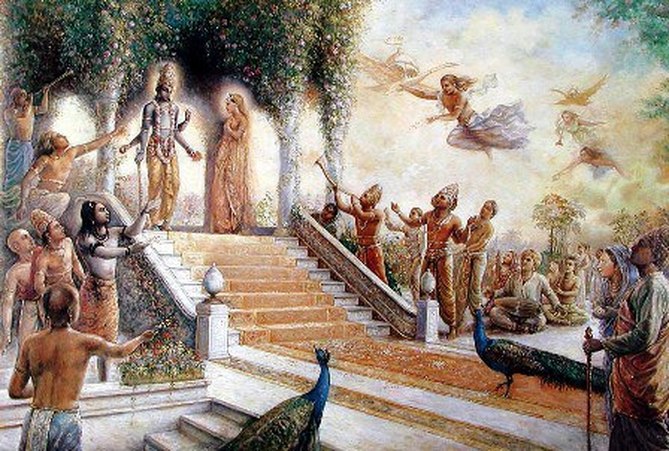
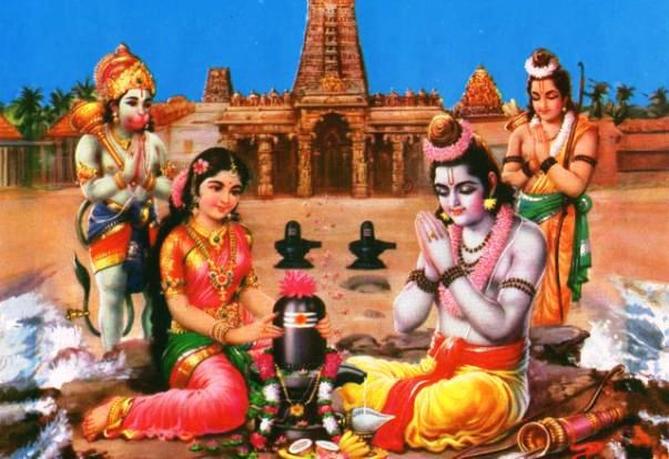
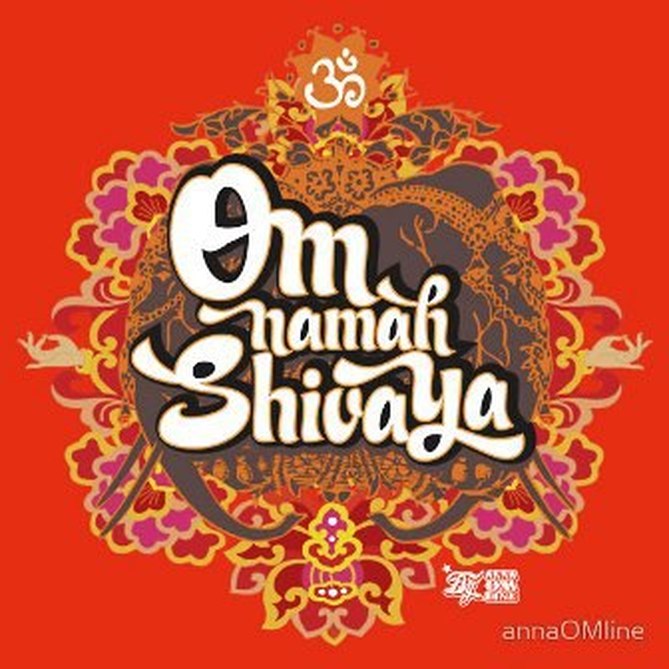
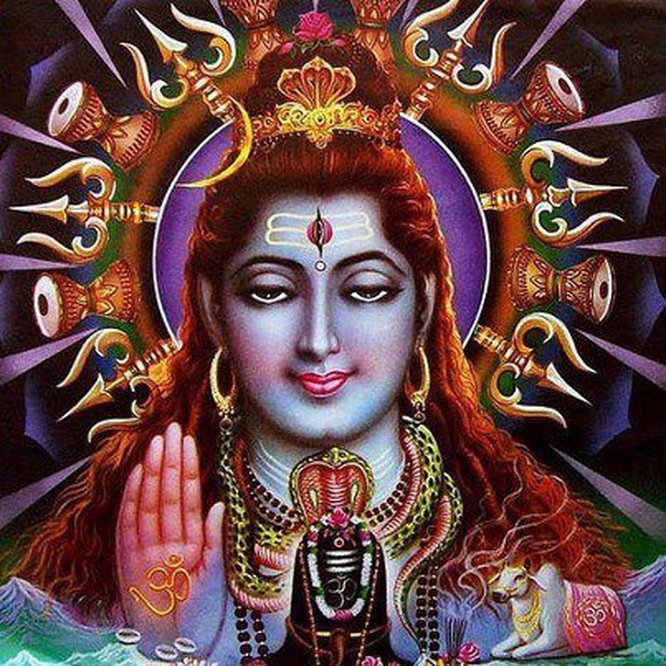
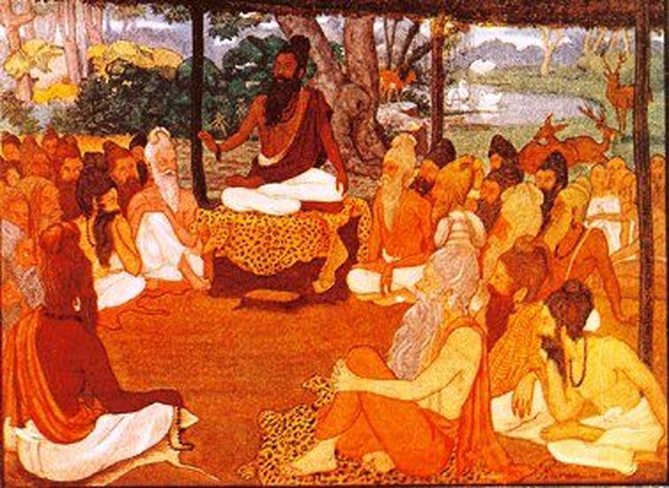
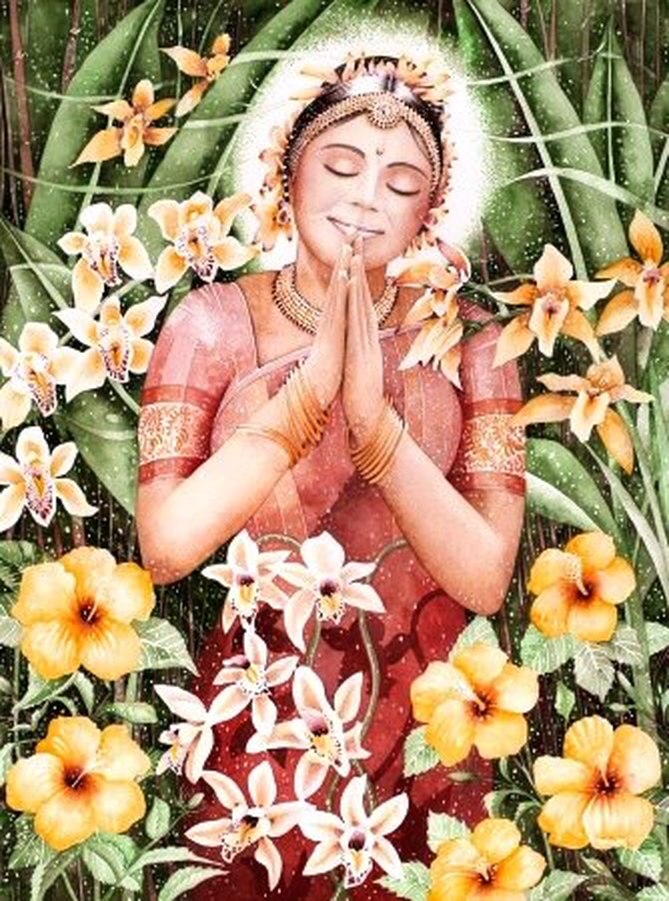
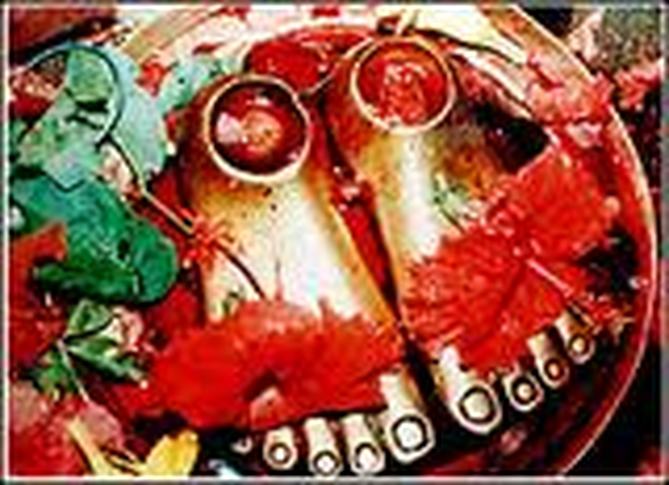
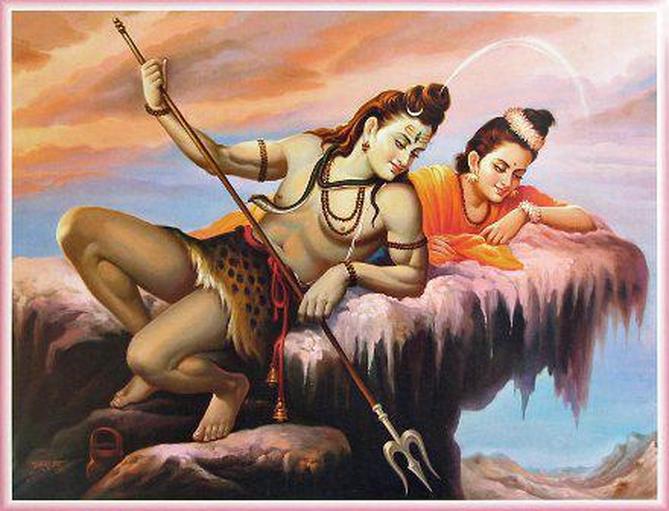


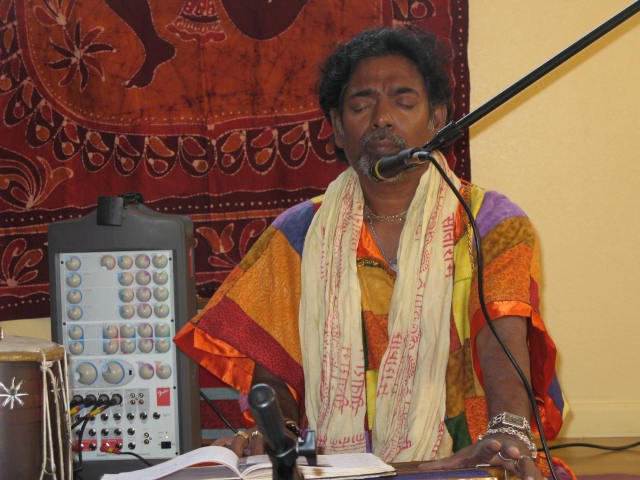
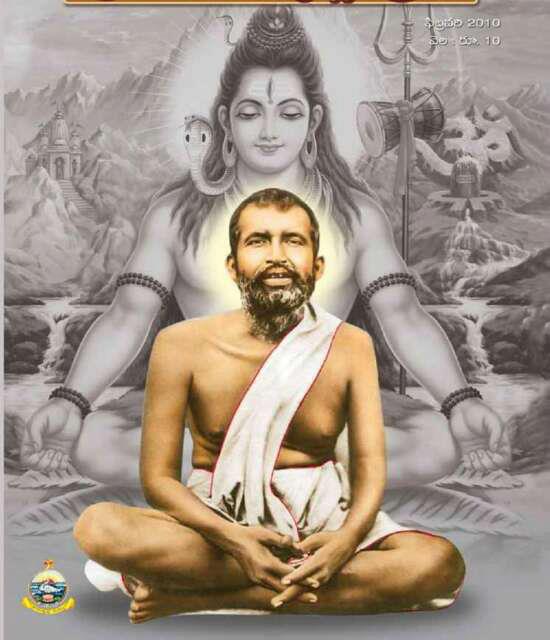
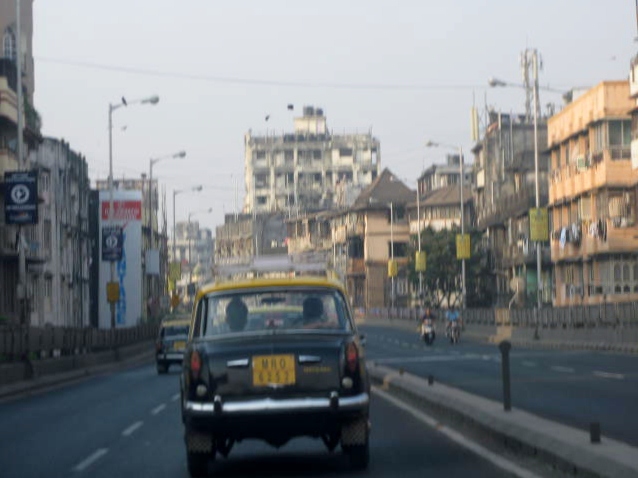
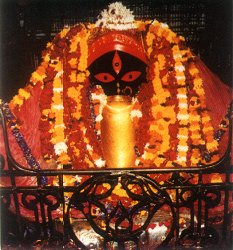
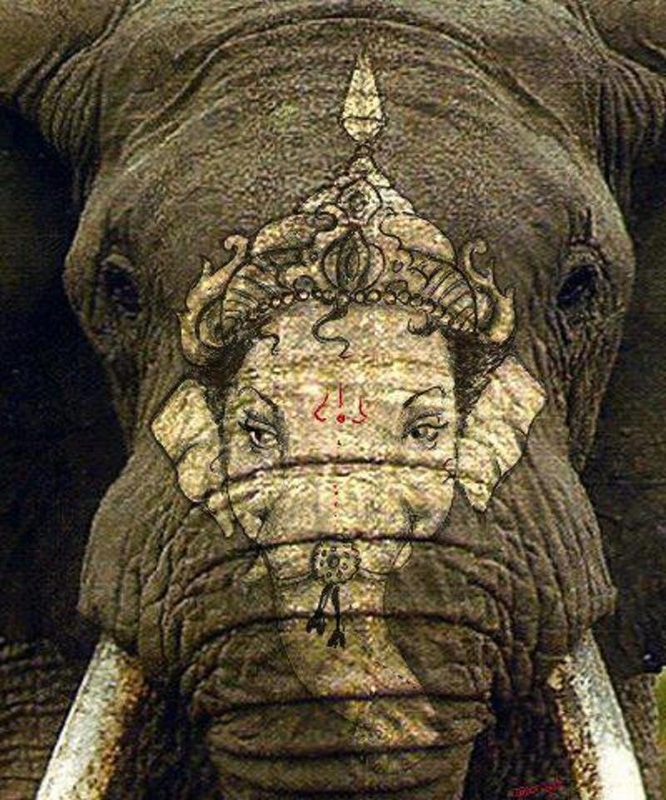
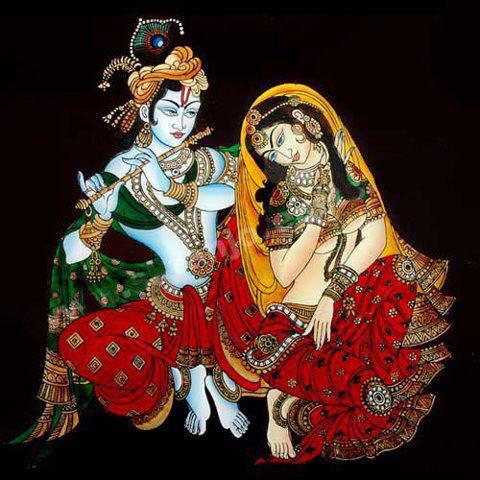
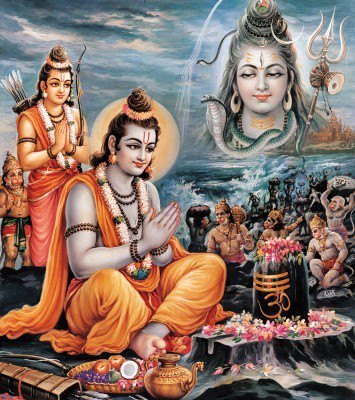
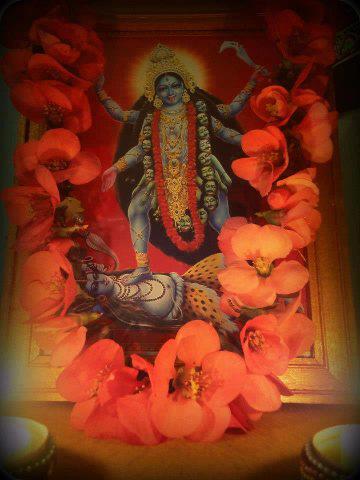
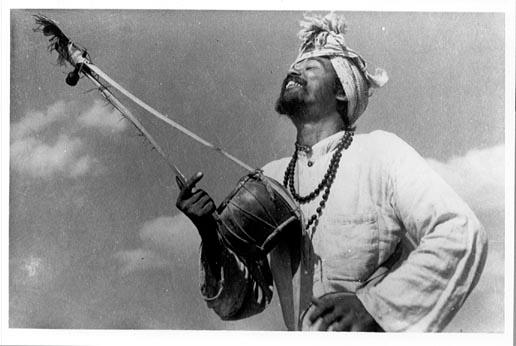
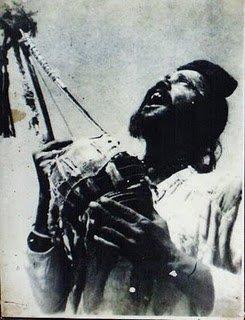
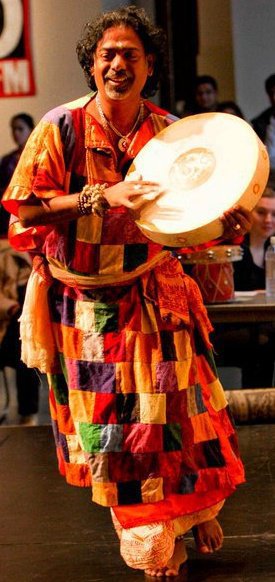
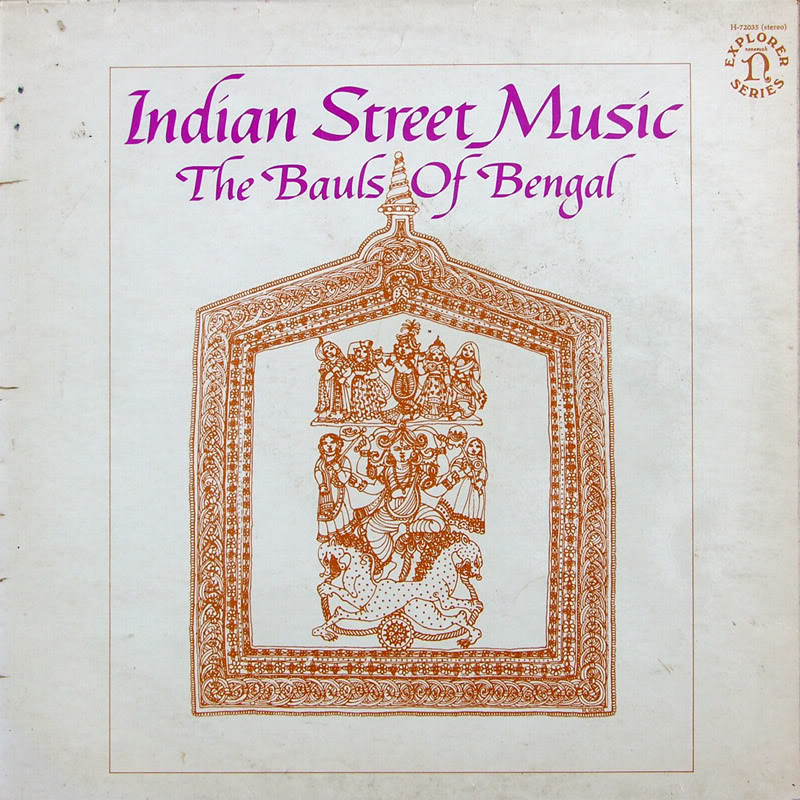
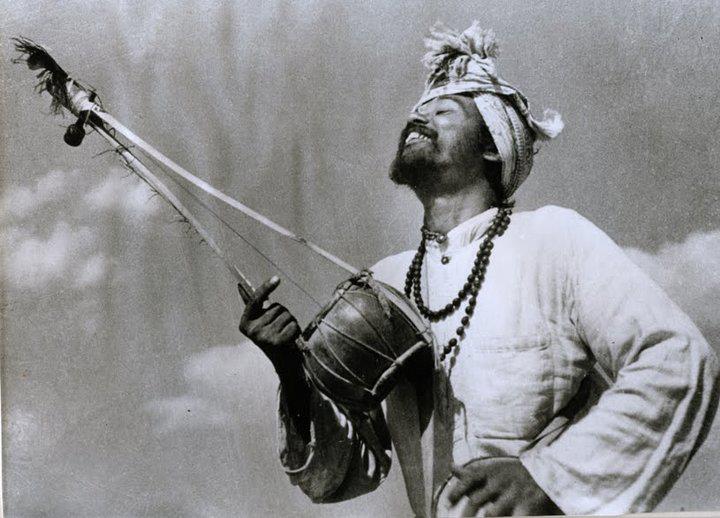
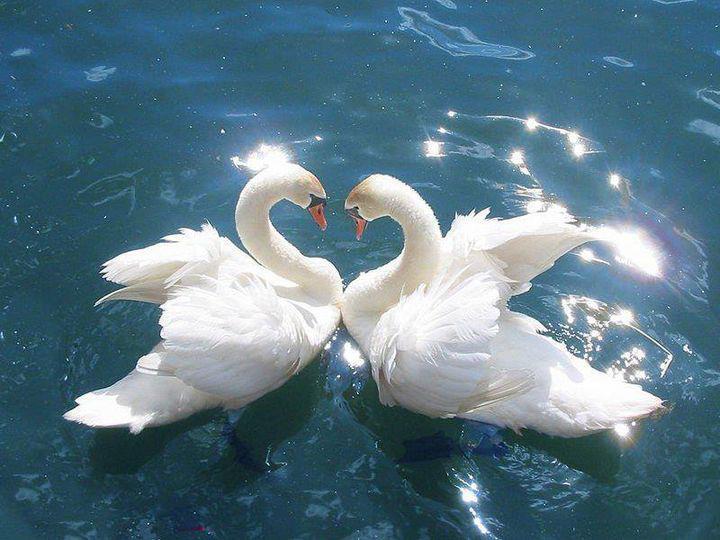
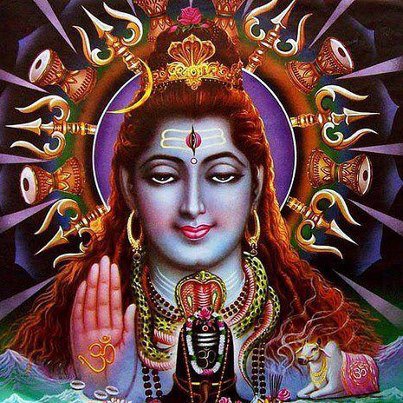
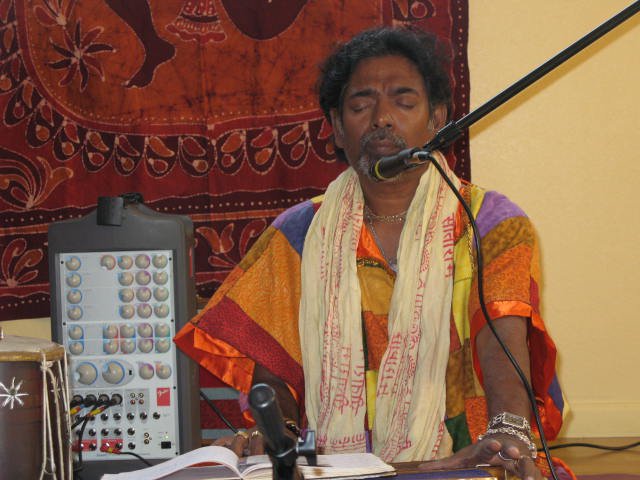
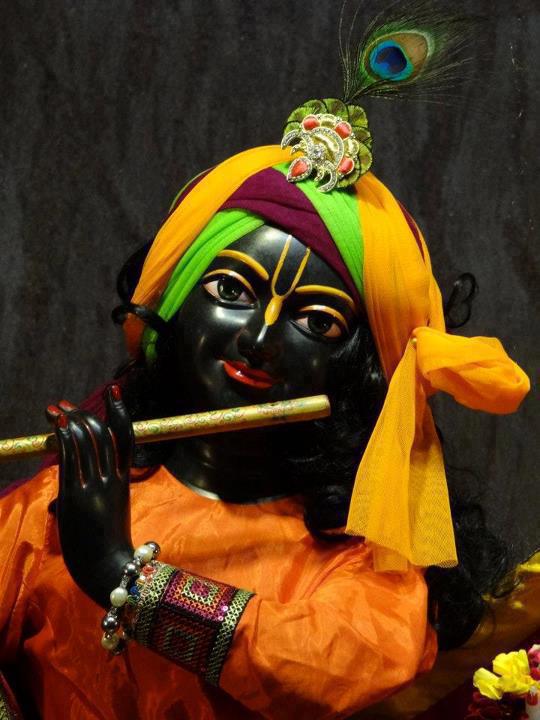
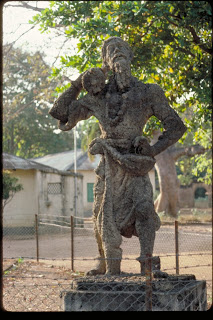
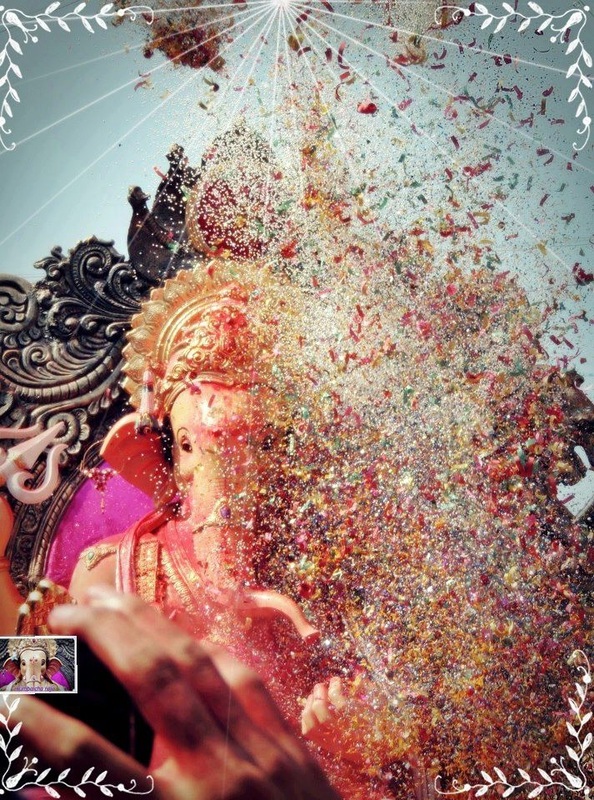
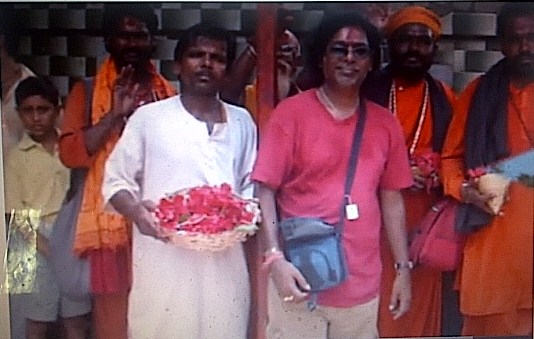
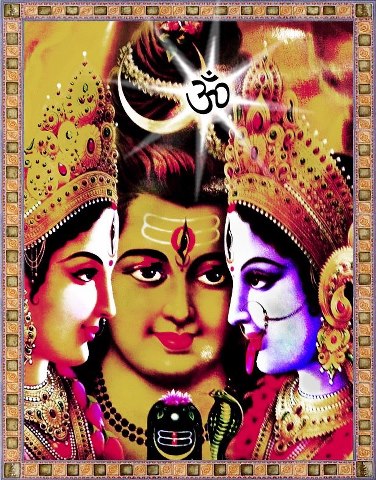
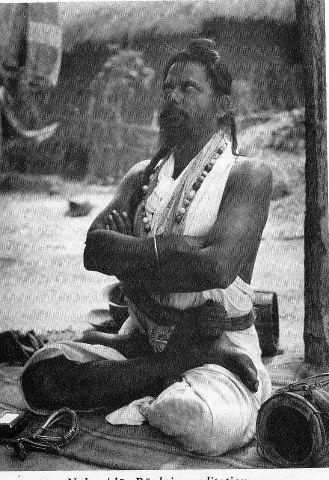
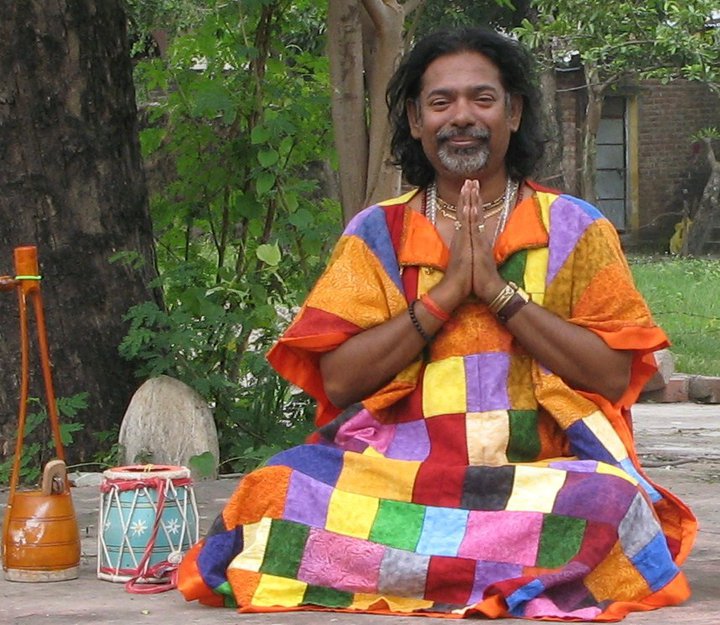
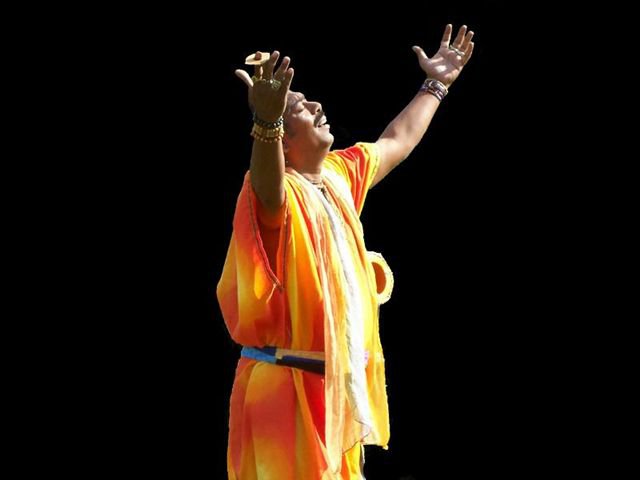
 RSS Feed
RSS Feed
